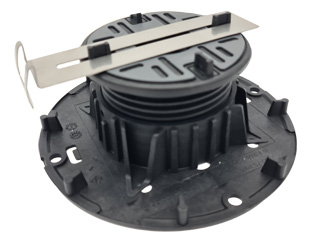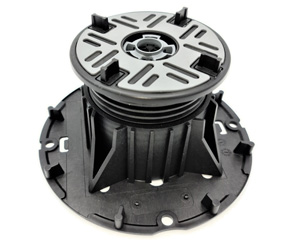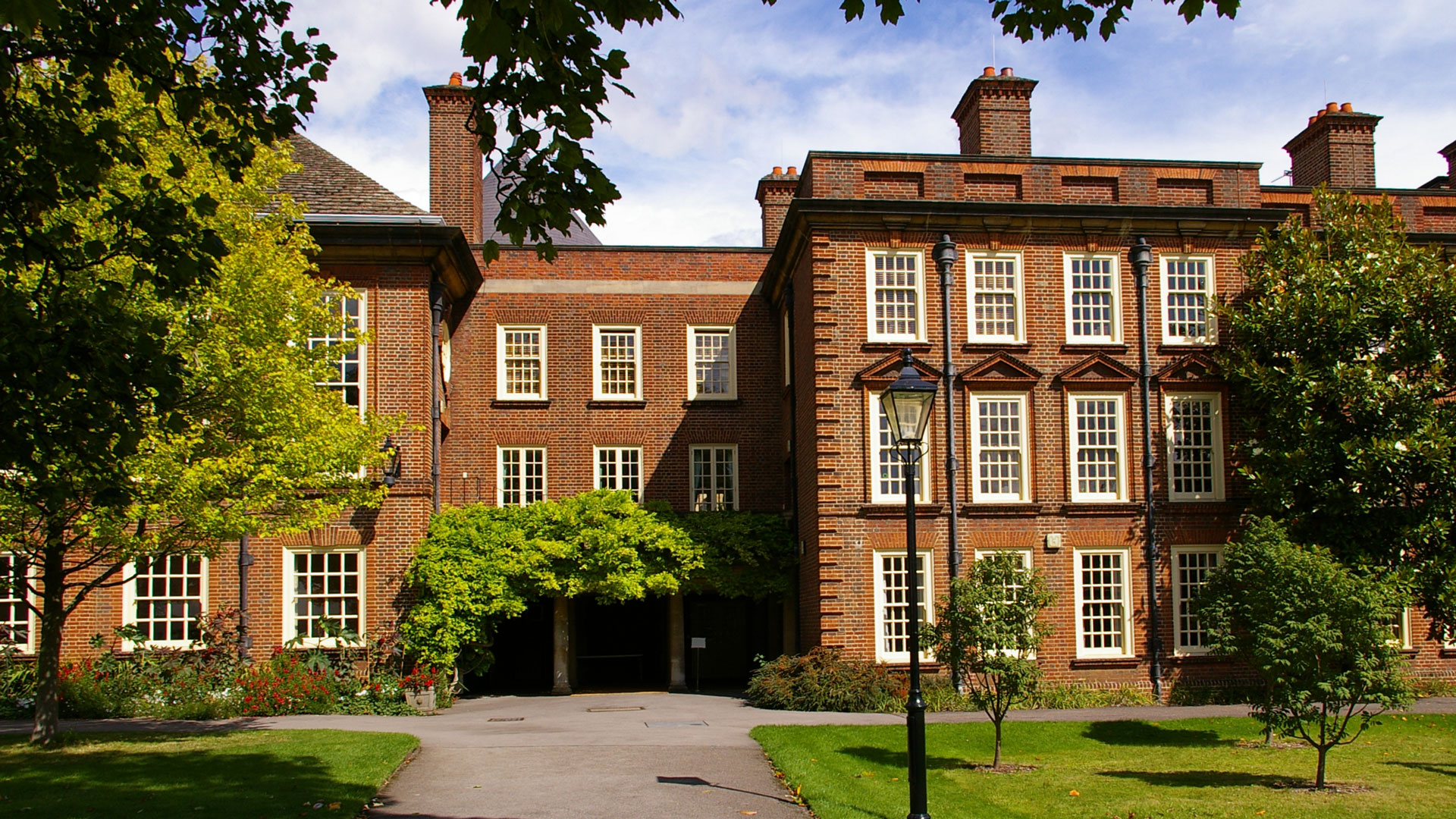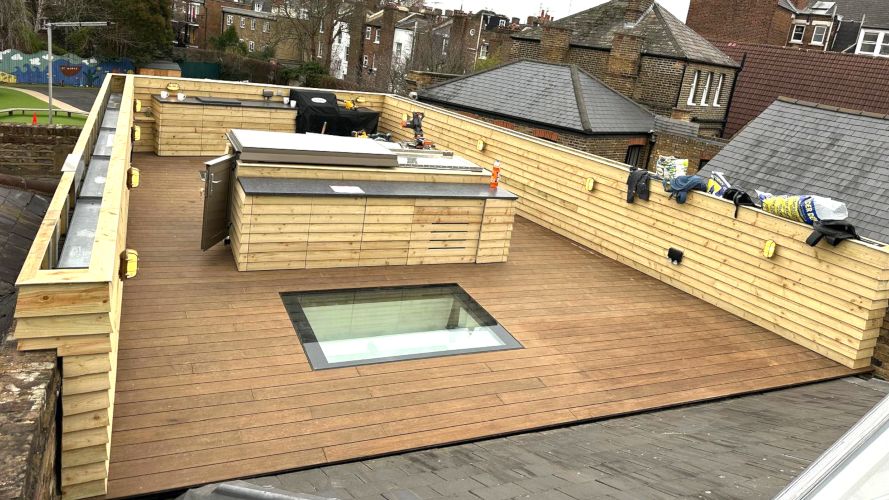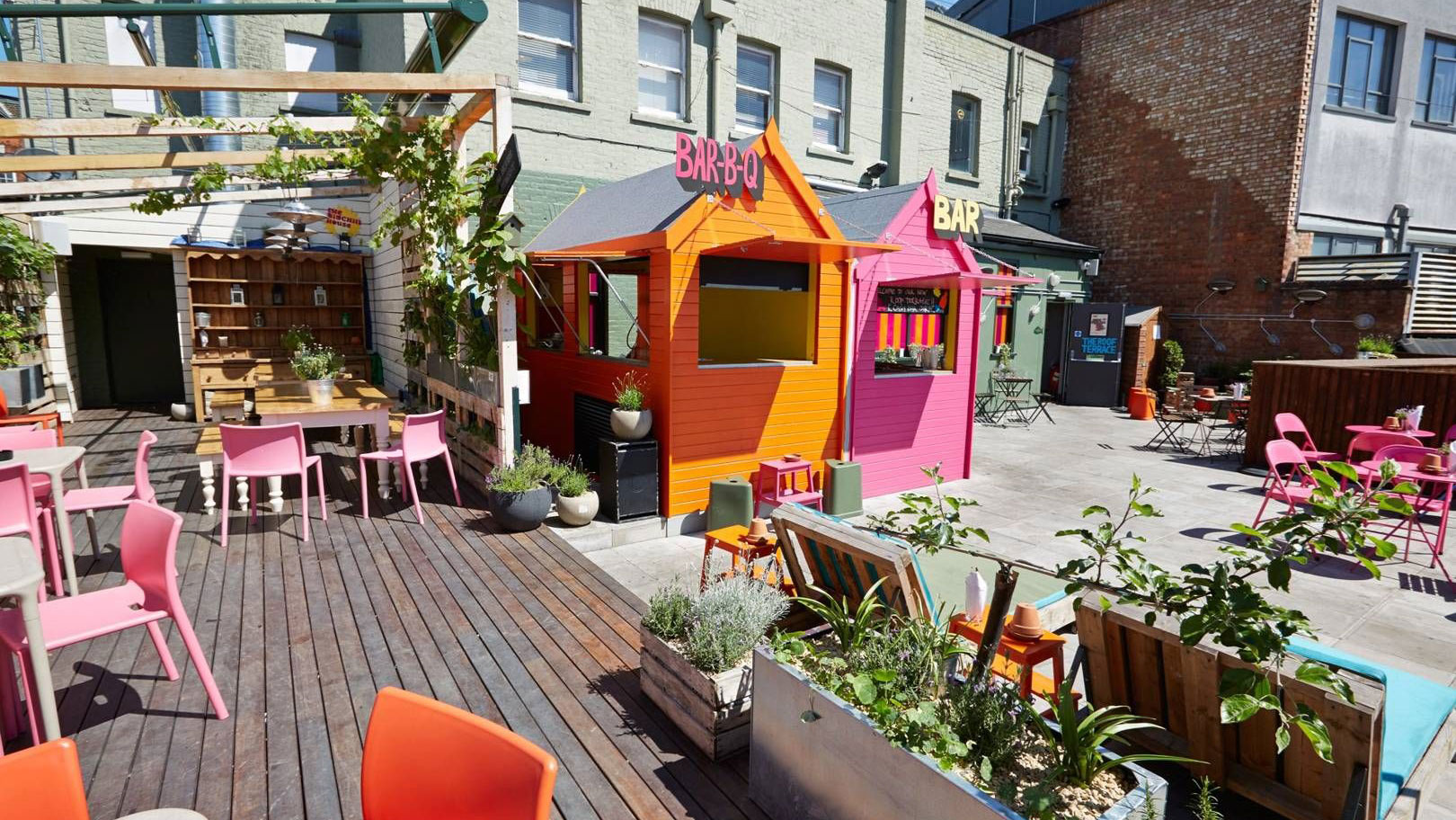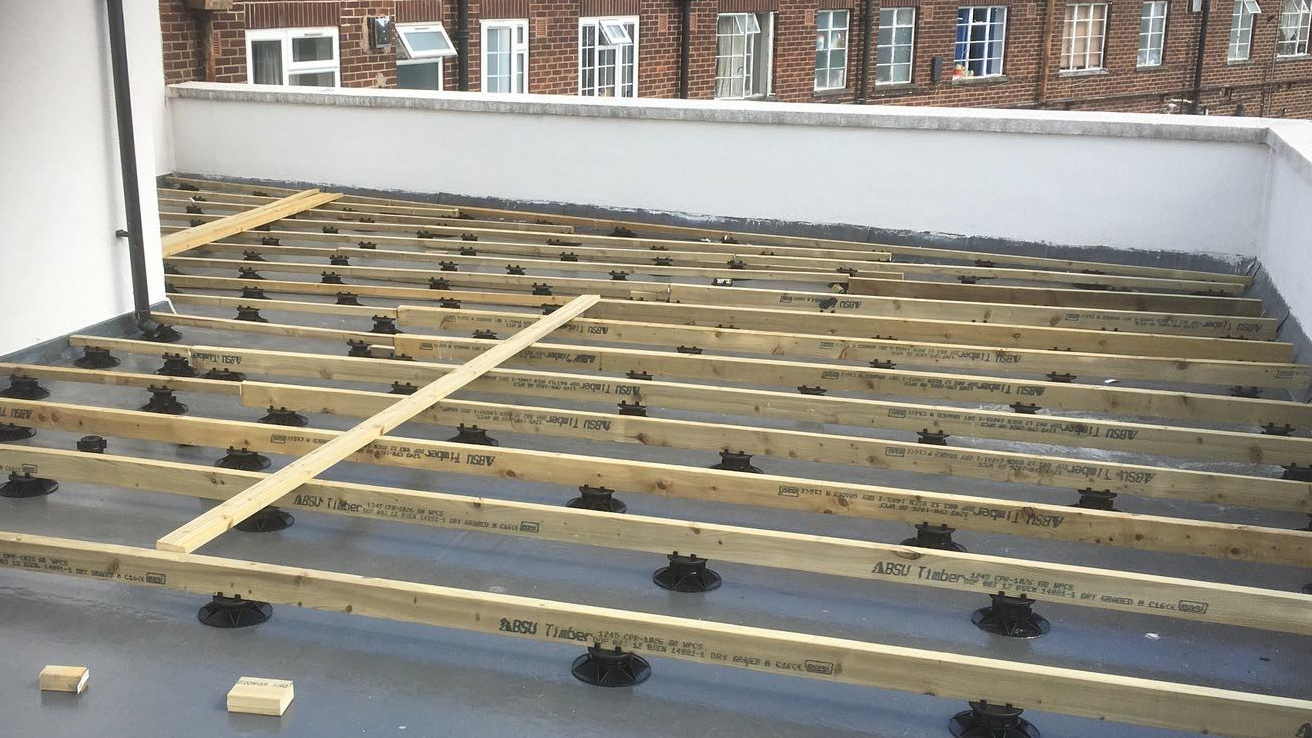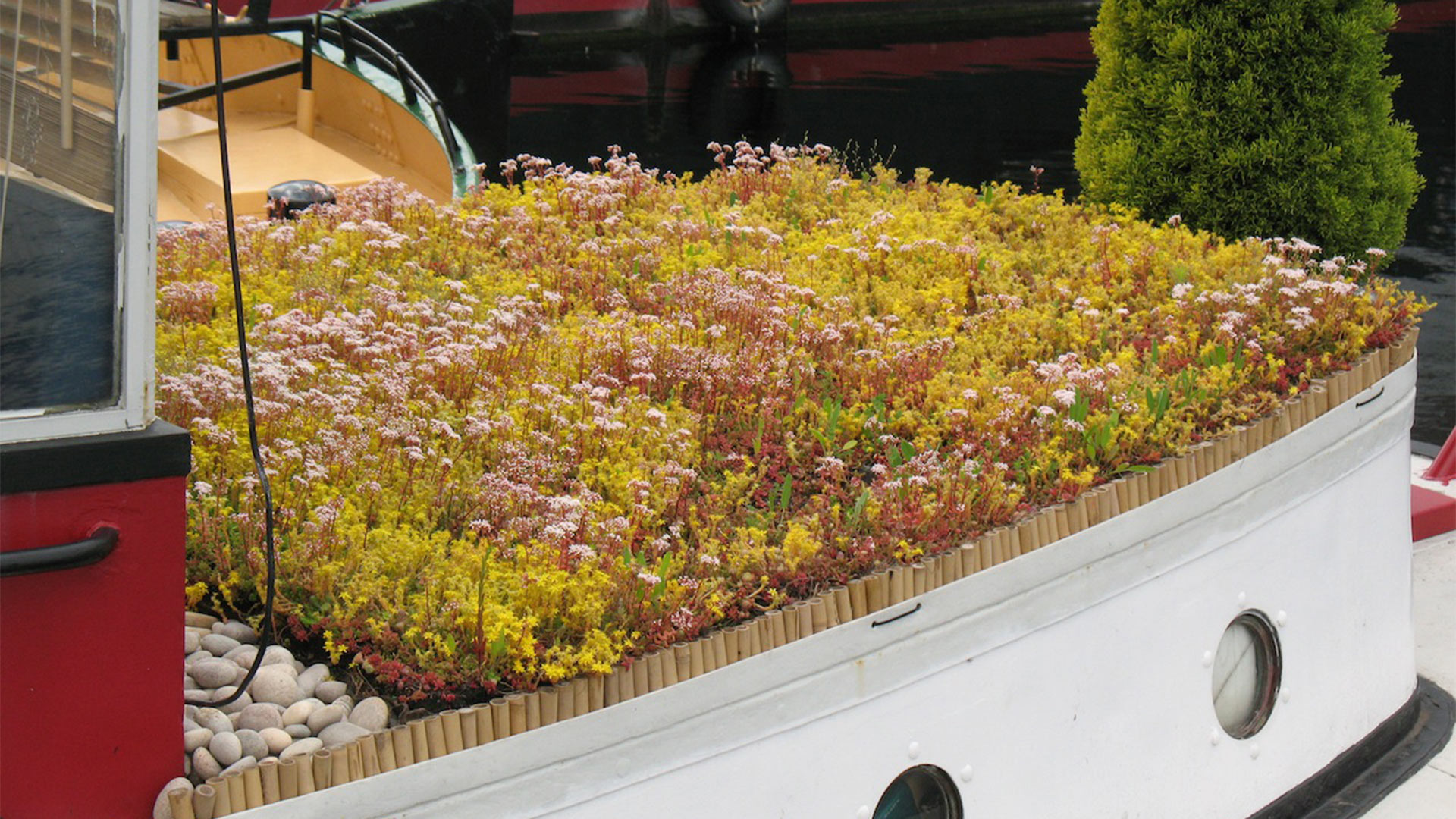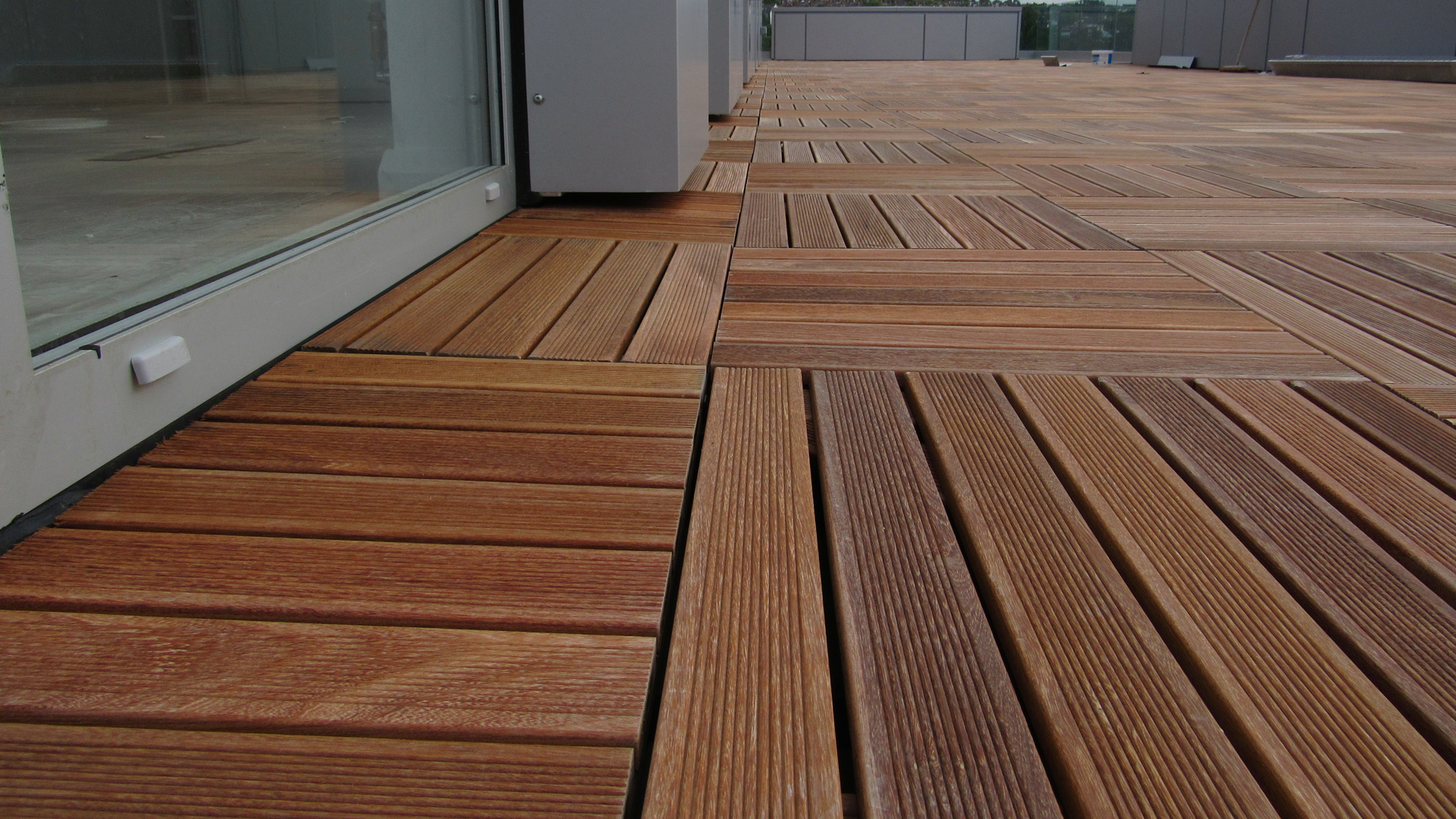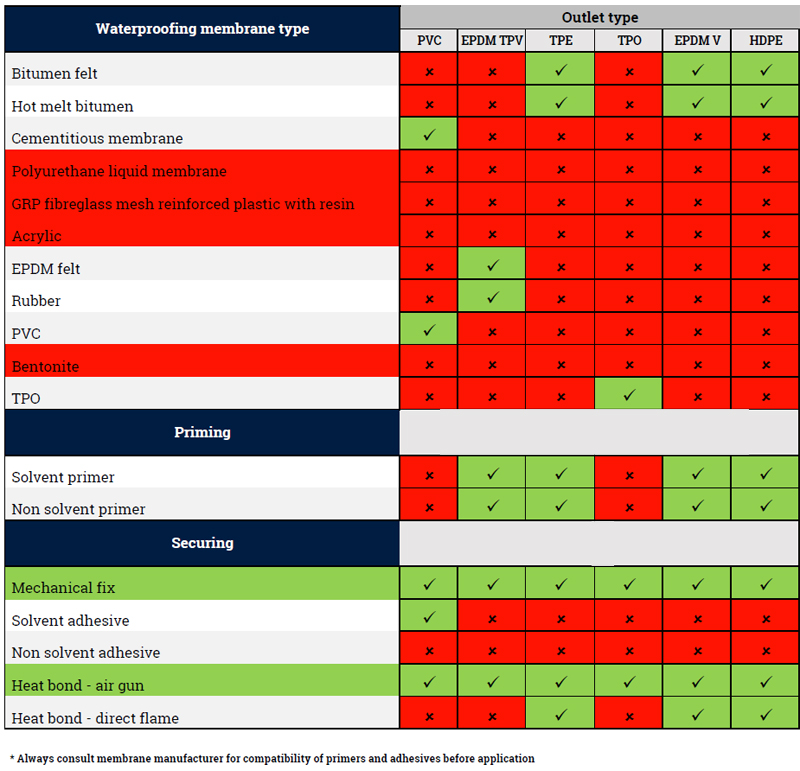As cities search for ways to reduce carbon emissions and create healthier environments, green roofs are emerging as a powerful solution. These living rooftops don’t just look impressive—they actively support the planet. Here’s how green roofs deliver real ecological benefits.
1. Lowering Carbon Emissions and Heat Build-Up
Traditional roofs trap and radiate heat, contributing to the urban heat island effect. Green roofs, however, add layers of vegetation and natural insulation, helping to cool buildings and their surroundings. This reduces the reliance on air conditioning, cutting both energy consumption and carbon emissions.
2. Creating Habitats in the City
Green roofs transform otherwise barren rooftops into thriving ecosystems. They offer food and shelter for birds, insects, and pollinators, while also helping to regulate temperature and humidity. In dense urban areas where green space is scarce, they play a vital role in supporting biodiversity.
3. Cleaning the Air
The plants on a green roof act as natural air filters, absorbing pollutants such as carbon dioxide, nitrates, and fine particles. By improving air quality, they contribute to healthier living conditions for both people and wildlife in our cities.
4. Managing Stormwater Naturally
One of the most significant advantages of green roofs is their ability to retain and manage rainwater. Depending on the depth and design, they can reduce runoff by up to 90%. By slowing water release, they relieve pressure on drainage systems and reduce the risk of flooding—an invaluable feature in rainfall-prone urban centres.
5. Cutting Noise Pollution
Thanks to their layers of vegetation and soil, green roofs act as natural sound barriers. They can reduce reflected noise by as much as 8 decibels, making them especially beneficial for buildings in busy city locations or near transport corridors.
Why Substrate Depth Matters
The depth of the substrate—the soil layer—affects the performance of a green roof. While shallower systems provide modest benefits, deeper “intensive” roofs can host a wider variety of plants, boost water retention, and deliver greater noise reduction.
Building a Greener Future
From lowering emissions and managing stormwater to supporting biodiversity, green roofs are more than a design trend—they are a practical step towards sustainable urban living.
By investing in green roof systems today, we can create cooler, cleaner, and more liveable cities for future generations.


